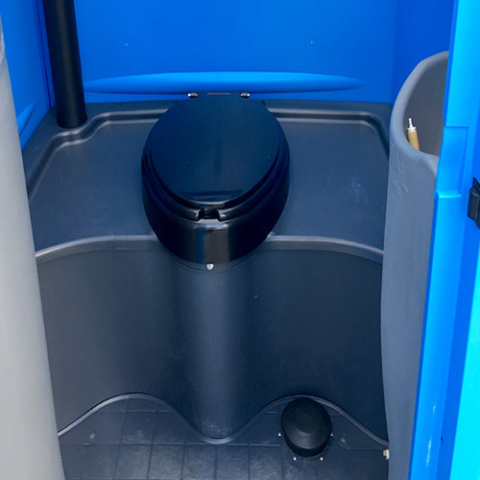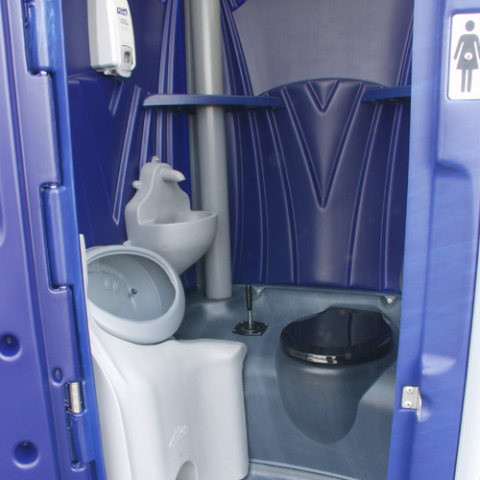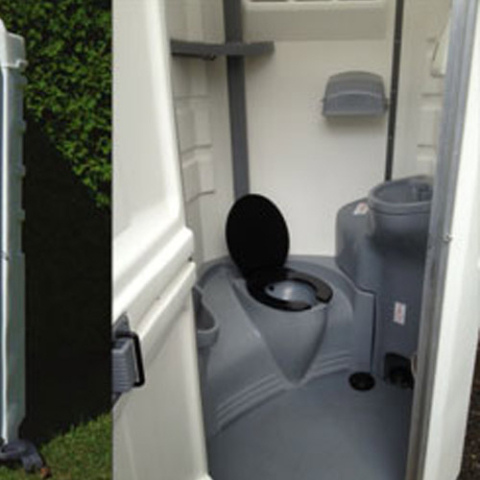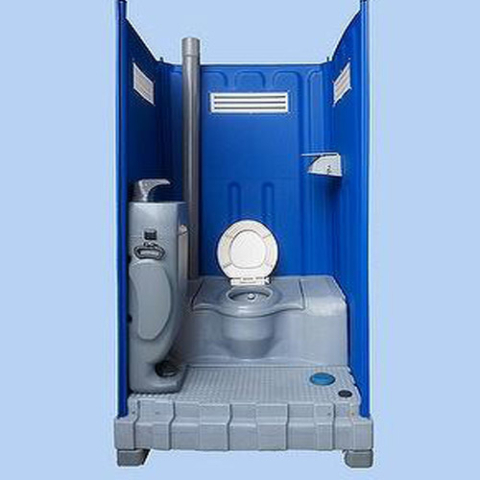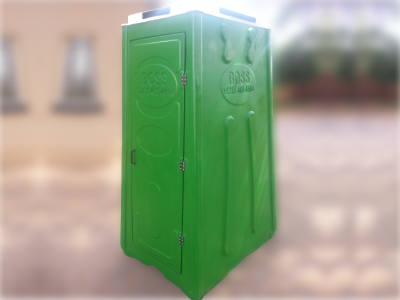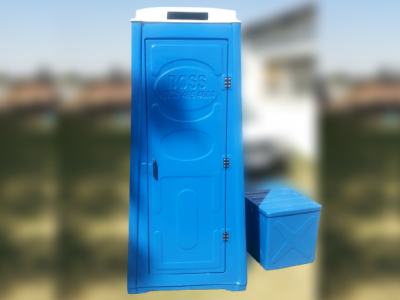Portable Toilets Flush & Non-Flush For Sale
When planning outdoor events, managing construction sites, or operating mobile food businesses, portable toilets become an essential facility. In recent years, the demand for both flush and non-flush portable toilets for sale has increased as people look for reliable and hygienic sanitation solutions. Whether you’re a contractor, event planner, or festival organizer, choosing the right type of portable toilet ensures convenience, cleanliness, and compliance with health standards.
This guide covers everything you need to know about buying flush and non-flush portable toilets, from benefits and features to pricing, applications, and maintenance.
Understanding Portable Toilets: Flush vs. Non-Flush
Portable toilets come in two main types – flush and non-flush – each designed for specific environments and user needs.
Flush portable toilets mimic the traditional restroom experience by using a flushing mechanism to dispose of waste. They typically come equipped with a freshwater tank, a waste holding tank, a toilet bowl, and a flushing system. These are ideal for upscale events, weddings, film sets, and executive job sites.
Non-flush portable toilets, on the other hand, are simpler and more cost-effective. They don’t have a flushing mechanism and are instead built with a sealed waste tank beneath the seat. These units are perfect for construction sites, camping grounds, rural areas, and public parks where water access may be limited.
Benefits of Portable Flush Toilets
Flush toilets provide users with a more familiar and hygienic experience, especially in environments where cleanliness is a priority. Here are some top benefits:
- Improved Sanitation: The flush feature minimizes odors and helps maintain cleanliness.
- Better User Experience: They closely resemble traditional toilets, making them ideal for public or upscale use.
- Enhanced Hygiene: Many models come with handwashing stations, hand sanitizers, and even mirrors.
Flush toilets are often used in situations where presentation and user comfort matter, such as high-profile outdoor events or VIP areas.
Advantages of Non-Flush Portable Toilets
Despite their simpler design, non-flush portable toilets are a staple in many industrial and rural settings. Here’s why they remain popular:
- Affordable: With fewer components, they are generally more budget-friendly.
- Low Maintenance: Easy to clean and maintain without plumbing or complex systems.
- Highly Portable: Lightweight design makes transport and setup easier.
- No Plumbing Required: Ideal for remote areas without water connections.
These units are highly effective for temporary work sites, disaster relief, outdoor recreational parks, and festivals where high traffic is expected but water is scarce.
Frequently Asked Questions (FAQs)
1. What is the difference between flush and non-flush portable toilets?
Flush toilets use a built-in water system to clean the bowl after use, similar to regular home toilets. Non-flush toilets collect waste in a sealed tank without water or flushing.
2. How often should portable toilets be cleaned?
It depends on usage. For high-traffic areas, daily cleaning is ideal. For moderate use, weekly cleaning with proper chemicals is generally sufficient.
3. Can I use a flush portable toilet in a location without plumbing?
Yes. Most flush portable toilets use self-contained freshwater and waste tanks, requiring no external plumbing.
4. What’s the lifespan of a portable toilet?
With proper maintenance, portable toilets can last 5–10 years. The lifespan depends on usage frequency and environmental conditions.
5. Are there eco-friendly portable toilet options?
Yes. Many models offer water-saving flushes, biodegradable chemicals, and solar-powered features to reduce environmental impact
